SMS Newsletters: Definition, Types, best Practises with Examples
Did you know that 29 percent of the space in an email inbox is filled by email newsletters? This is more than any other form of email; more than social alerts, more than e-cards from your grandparents, and more than purchase receipts and other transactional emails. The rapid increase in use of email newsletters is a challenge for even the most skilled marketing copywriters and designers.
Increasing competition is not the only obstacle to the success of your email newsletter. There are changes to email inboxes — like the Gmail Promotions tab — that make your audience even less likely to see your newsletters. This problem leads to a need for a new approach to deliver promotional messages for businesses. This is where SMS newsletters come into play. In this article, I will explain everything you need to know about SMS Newsletters and how you can implement this approach in your marketing strategy.
Just a quick note before we get into the details, after you learn everything about SMS Newsletter, you can use AVADA Email and SMS Marketing to send SMS Newsletters to your customers with just a few clicks of setting things up.
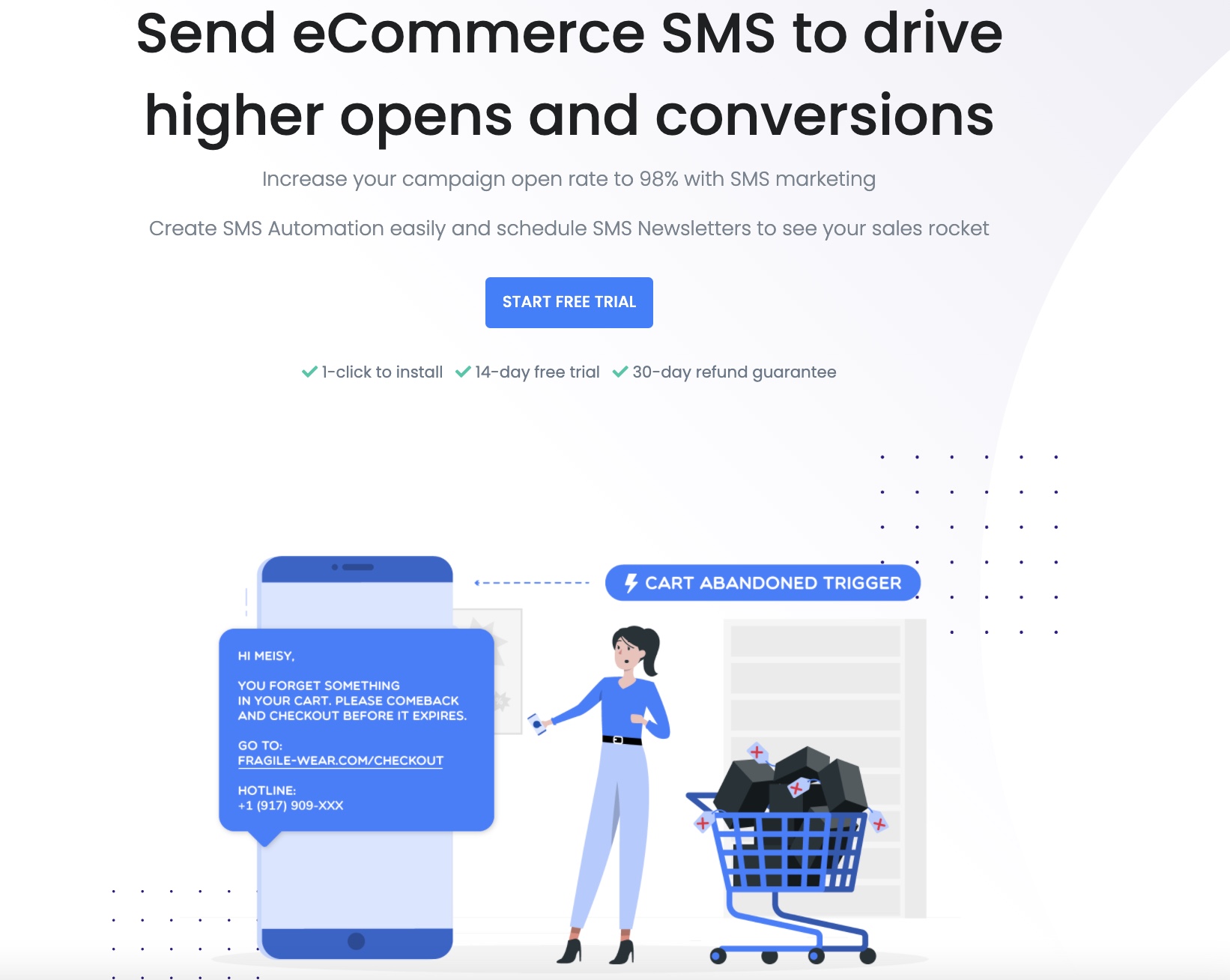
What is SMS Newsletters?
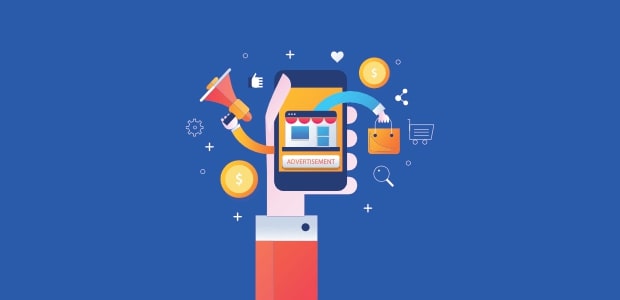
SMS stands for “short message service.” Also known as text message marketing, companies use SMS marketing to communicate to their customers. SMS differs from email because the messages are very brief, with a maximum of 160 characters and faster delivery. The message appears on your customer’s cell phone only a few seconds after it has been sent, also sending your customer a push notification that it has arrived. SMS Newsletters is a crucial part of SMS marketing, where you would send a variety of messages (introduced in the next sections) to your customers to spread the word about your business.
SMS Newsletters is often used for purposes such as:
- increasing brand awareness,
- generating more sales.
- boosting engagement from customers
As an underused marketing channel (for now), SMS Newsletters offers you a great opportunity to build up a relationship with their customers.
Read more:
- https://avada.io/resources/sms-marketing.html
- https://avada.io/resources/email-marketing-vs-sms-marketing.html
- https://avada.io/resources/automatic-sms-apps.html
The Benefit of Text Message Newsletters

Higher Open Rate Than Emails
One of the greatest benefits of SMS Newsletters is that they are opened up to 98% of the time the customers get them. This gives SMS an open rate higher than any other advertisement messages.
It’s easy for emails to get sent to the spam folder, and it’s easy for a customer to throw away the flier they’re given at the mall. But with the increasing use of cell phones and the popularity of messaging, text marketing is less likely to get ignored. More often than not, the customers can open the text and read its contents. If you want to find a way to interact with your audience more consistently, try SMS Newsletters.
Cost Effective
It doesn’t cost a lot to give a text to a customer at all. And when it comes to sending a lot of people, the cost is not a concern. It’s usually much more economical when you equate it to other marketing choices, such as the purchasing of a Facebook ad spot. This makes SMS marketing a perfect choice for all companies. Particularly for companies that are just starting out and looking for a way to advertise without spending too much money right off the bat.
Mobile-Friendly
It is extremely important these days to be able to present your company as mobile-friendly. More and more people use their mobile devices to do shopping and browsing. You don’t want to miss out on this kind of publicity. SMS marketing is a huge part of making your company mobile-friendly and can be a powerful benefit to your mobile marketing strategy.
Reach a Wide Demographic
As so many people own cell phones and other mobile devices these days, the demographic advantages of SMS newsletter is clear. Instead of relying on only one marketing campaign that might only be able to reach one segment of your audience, SMS marketing can reach everyone. As long as your customers have a mobile device that receives text (which basically any cell phone), they will be able to receive and read the messages you send them.
Works With Other Types of Marketing
SMS marketing doesn’t just have to be part of advertising on its own. You can use it alongside other ways you’re marketing your company. It can be a fast and simple way for your customers to connect to your post. Using this to get more consumers involved in your social media. You can give a discount to anyone who wants to buy through your online website. Do you want to advertise a new product? Send an SMS newsletter for that.
Fast Delivery
There’s practically no time to wait when it comes to SMS sending. When you push the send button, you can be sure that your customers will receive your message immediately. This is a great advantage, because this kind of advertisement needs little planning time. There is no information to collect or print to wait. There are no plans to complete or people to contact in advance.
The only thing you need to do is craft your message and send it to your customers. And, since we all know that messages are much more likely to be opened than emails, you can be confident that your customers can see your important news as soon as possible.
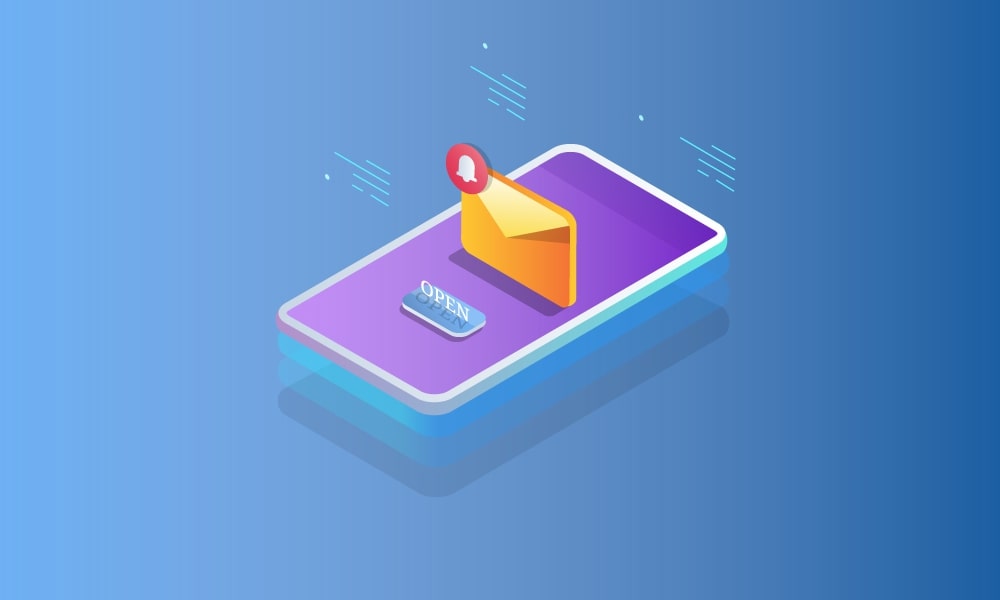
Strengthens Customer Engagement
SMS newsletters don’t just give you a chance to interact more with your customers, but it can also give your customers the ability to connect with you. It makes them feel that your company is easier to reach out to. It makes your company more of a part of their lives than just “that one store I go to sometimes.” You’re on their cell phone with them, so they are more likely to remember you
Flexible and Customizable
When it comes to the advantages of SMS newsletters, one of the best is that it is so flexible. You can craft text messages that suit various purposes to help promote your brand. You can announce a deal, offer a temporary discount, reward loyal customers, promote a new product, share an update, and more with SMS newsletters. It’s a great tool for any company, big or small. This brings me to the second part of this article, which is how you should use SMS newsletters to build a good brand image. Let’s get right into it.
Types of SMS Newsletters
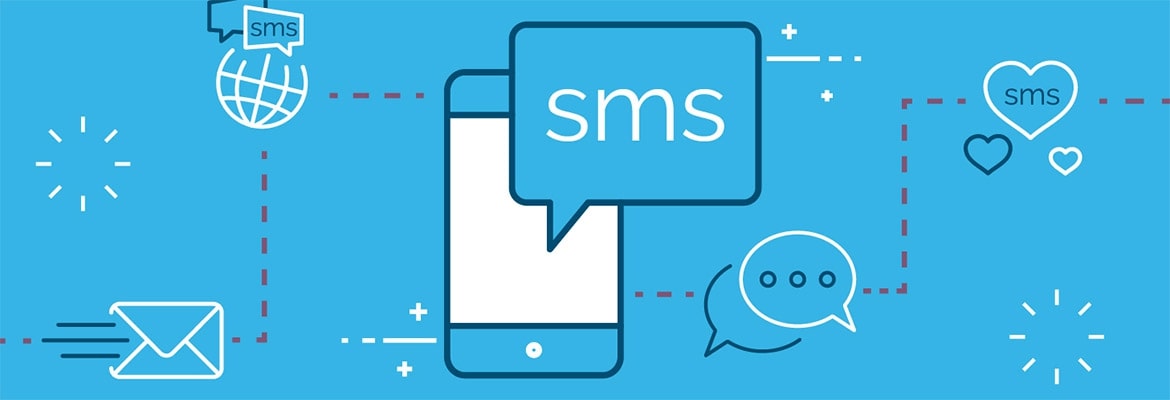
There are a variety of ways you can use SMS to send newsletters about your business to your audience. One thing you should keep in mind is that you should keep your newsletters short and to the point, since SMS text is limited to 160 characters, and similar to email newsletters, the longer your message, the less likely your customers will read it.
Discount promotions
This is probably the most popular form of newsletters for which SMS is used. Retail businesses such as supermarkets or clothing stores often use discounts to boost their sales, and it just takes one message to tell all their customers about the discount program they’re running.
New arrivals
If you’re in the business of selling seasonal products, you can send SMS newsletters to your customers whenever new products arrive.
New store openings
Opening up a brick-and-mortar store and want to attract visitors? Send an SMS to your customers to inform them of your store address and the promotional gift you’re giving for store visitors.
News that bring value to your customers
Basically you can inform your customers whatever news about your business that you’re having. One rule to keep in mind is your message needs to provide a solid value to your customers. What I mean by this is SMS newsletters about discounts and new arrivals are what your customers would want to get since they help them plan their next purchases. A new CEO promoted in your company, on the other hand, will not be something that is worth a message, as it doesn’t provide any value to the customers.
Best practices for sending SMS Newsletters with examples
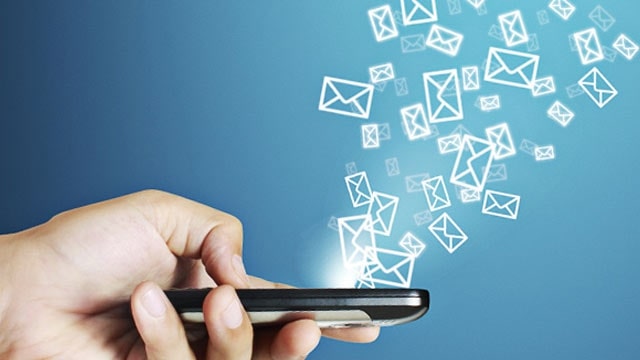
In this section, I will introduce to you SMS Newsletters best practices, as well as some examples of the best SMS marketing campaigns to help inform your next strategy.
Get Permission & Make Opt-out Clear
You must get permission before sending text messages to your audience. Otherwise, you’re just spamming people, which might mean irreparable harm to your brand. Not to mention the violation of the legislation and the alleged racketeering of large legal fees.
Get customers to opt-in for text messaging with advertising promotions that ask them to submit a keyword to your shortcode. Or let them check the box next to the email subscriptions during the checkout process. And in order to promote opt-ins, be transparent on what subscribers should expect. What kind of messages are they going to get, and how often?
For instance, you can ask your customers to text SAVINGS to {your SMS Newsletter number} if they want to receive weekly coupons. The short code is used as the phone number to which the consumer sends the keyword. The keyword in the body of the message is to show which SMS campaign they are signing up for. You can attract signups on any of your current marketing channels such as email, website, in-store, social media, direct mail.
Know the Rules
The Cellular Telecommunications Industry Association (CTIA) needs SMS marketers to provide msg & data rates apply in auto-reply messages. Most text marketing services will automatically add this disclaimer, but it’s up to you to make sure it’s included.
Less is More
How many newsletters messages are too many? Upland Software’s in-depth study of the ideal SMS frequency suggests beginning with 4-5 messages per month and rising steadily to 10 per month—as long as each message provides a solid value. Of course, you should closely track unsubscribes to find a sweet spot for your own subscribers. It’s also a good idea to tell upfront your newsletters frequency in your welcome message, so your subscribers know how often they will hear from you:
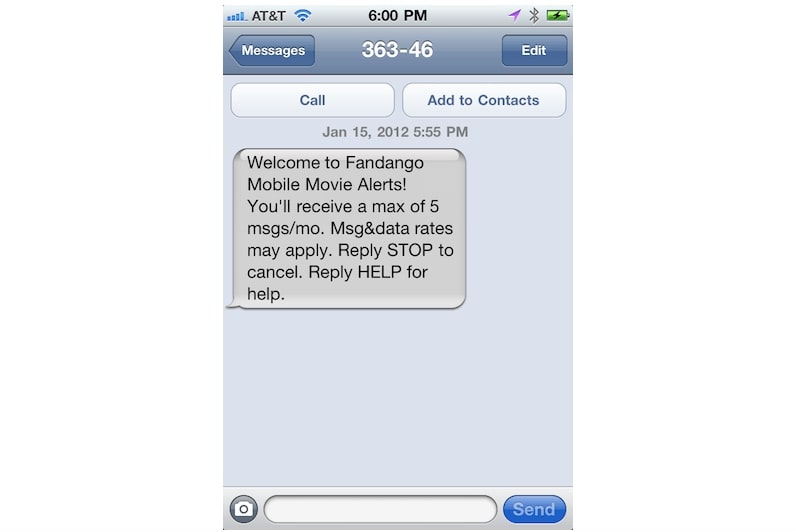
Be short and sweet when it comes to the length of your message. Most carriers restrict the length of the text message to 160 characters, so the sooner you get to the key message, the better. Mention the provided value up front, have a crystal clear call to action, and use a shorter URL like goo.gl or bit.ly.
Timing Matters
Think about the everyday habits of your audience when it comes to timing your SMS newsletters. When are they most likely to use their phones? According to Mobile Marketer, Mondays are at the lowest response rates. If your message is not directly applicable to that day, avoid it.
You should also be clear of regular journey times, usually 6:30-8:30 a.m. and 4-7 p.m., when people are likely to be driving and unable to read or respond to texts. In general, regular business hours from 10 a.m. to 8 p.m. are most successful for SMS marketers. Just be sure to find the send times for the particular time zone of your subscribers. No one needs a promo code or an appointment reminder at 4 a.m.
Keep it Fun!
SMS is a highly personal and casual platform that makes it perfect for entertaining campaigns. Think of sports, ads, polling, interactive content, and one-on-one conversations. Use this as an opportunity to offer enjoyable, unforgettable customer experiences.
Note: Often SMS marketers use condensed text such as “ur” and “txt” in their message copy. You can do the same, as long as your newsletter is easy to read.
Starbucks has long used SMS to entertain its audience with quiz games, funny memes, and customized incentives. This 2013 campaign is taking advantage of the immediacy of SMS by rewarding the first 100 correct responders.
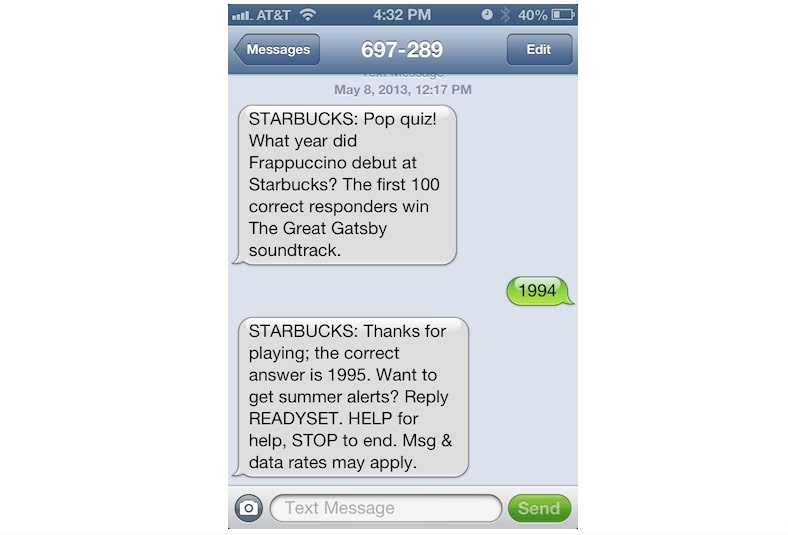
This latest campaign blends the casual essence of SMS with summertime fun, featuring intergalactic cat gifs, “Pew Pew!”. And offers real value with 50 percent off coupons and extended happy hours for subscribers.
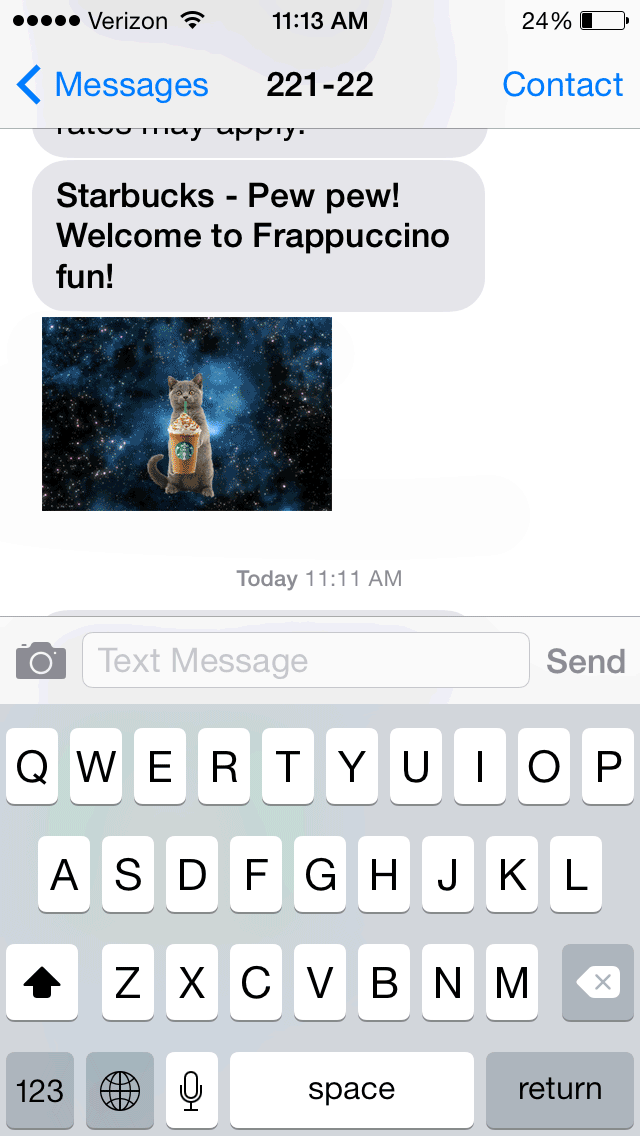
Segment
You wouldn’t speak to a brand-new customer the same way you would be a loyal customer, would you? The same is true for SMS newsletters. Segment the audience to ensure that each user receives relevant, useful material. New subscribers can get free delivery or coupon code, and repeat customers can get early access to new goods or invite them to their rewards program. Use profile data to submit birthday deals, new consumer discounts, or location-based campaigns to give each user a customized experience and conversion.
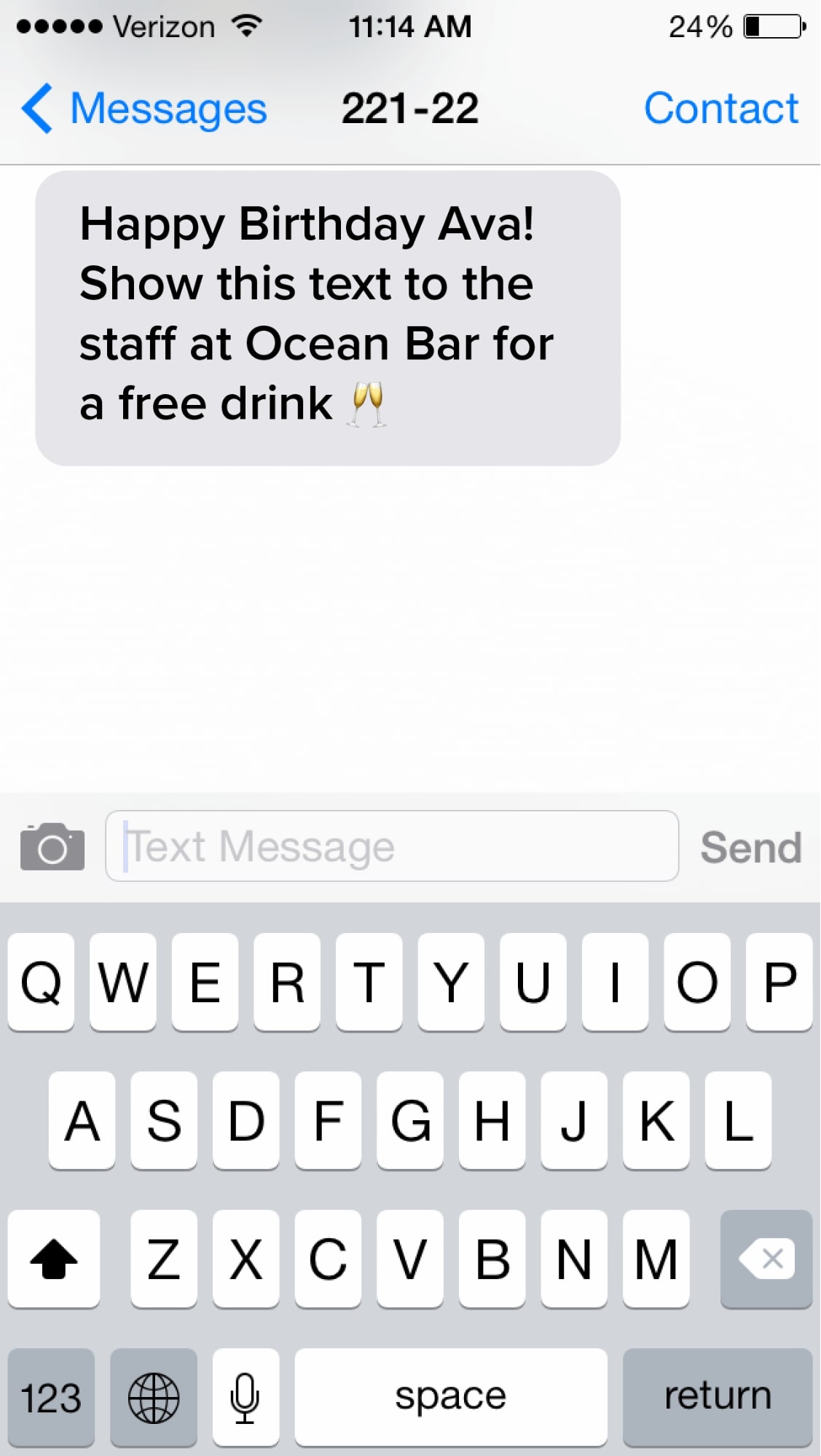
Instill Urgency
One of the main advantages of SMS is immediacy. Using it to your advantage, then. Pair SMS with location-based campaigns to deliver enticing deals to users as they arrive or travel by your store. Use phrases like “valid till,” “expires soon,” or “only today” in your newsletter to build a sense of urgency and encourage the recipients to act.
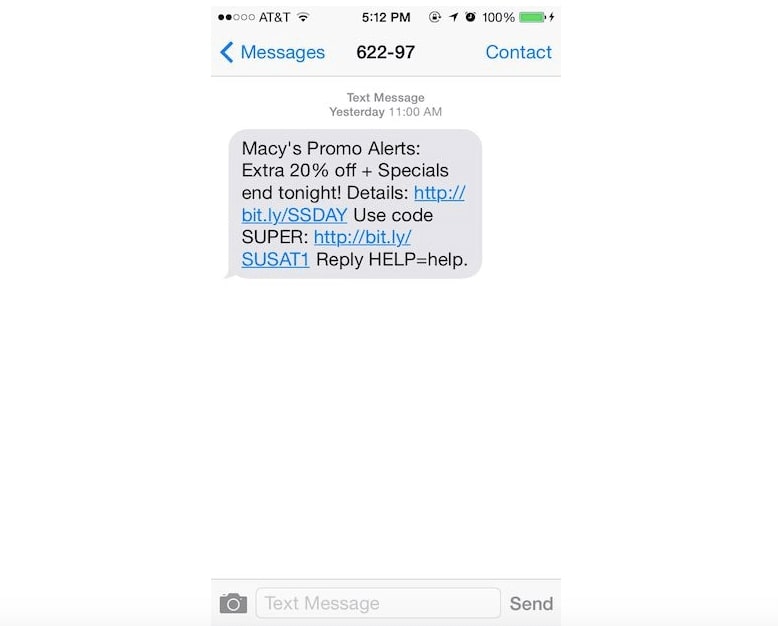
Make It Exclusive
One way to prevent subscribers from opting out of their SMS campaigns? Send exclusive deals or VIP material that you won’t get on any other channel. AMC Theaters uses SMS to keep its club members up to date on their loyalty points and membership benefits. Subscribers will have access to free movie previews, special event invitations, concession offers, and movie swag gifts.
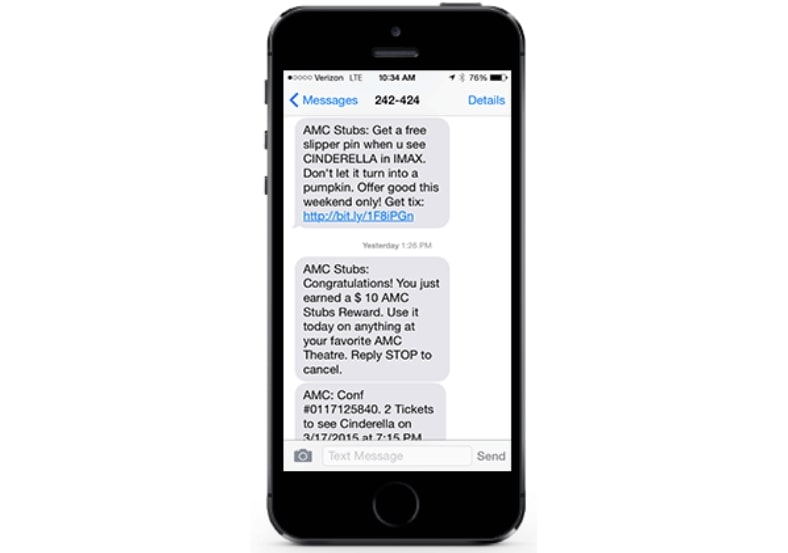
Track Open & Click Rates
As in every other medium, you should be able to monitor how your subscribers interact with your text campaigns. How many opened your message? How many clicked on a link or sent a reply? How many of them opt out?
According to existing SMS marketing benchmarks, 70 percent of consumers open SMS messages within 60 minutes. 19 percent of recipients click the link. Like every other platform, you can A/B test your message, segmented audiences, and timing to keep improving your SMS newsletter strategy.
Use SMS as Part of your omnichannel marketing strategy
Mobile consumers today expect consistent customer service regardless of channel or platform. An omnichannel strategy is important for creating a solid, long-lasting relationship with your brand. Your SMS campaigns aren’t meant to be one-off. They should complement and interact with your push, email, and social campaigns to improve customer relationships and provide seamless experience.
How to Collect Phone Numbers for SMS Newsletters
If you’ve read this far, we hope you’re sure that text messaging is a valuable tool that drives measurable performance. In this section, let’s address how you can collect phone numbers for your SMS newsletters campaigns. There are a variety of ways to do this, and they work best when you use them together.
No matter what strategies you want to use, you should always provide value. For instance, this could be in the form of discounts or exclusive content that cannot be found elsewhere. We all know that customers are very protective of their phone numbers, so apart from value, you need to give them a reason to trust you. Getting permission before texting is not only required by laws, but it’s also a smart marketing move to increase your customers’ confidence in your brand. Now let’s look at some of the best practices to acquire customers’ phone numbers.
Keywords
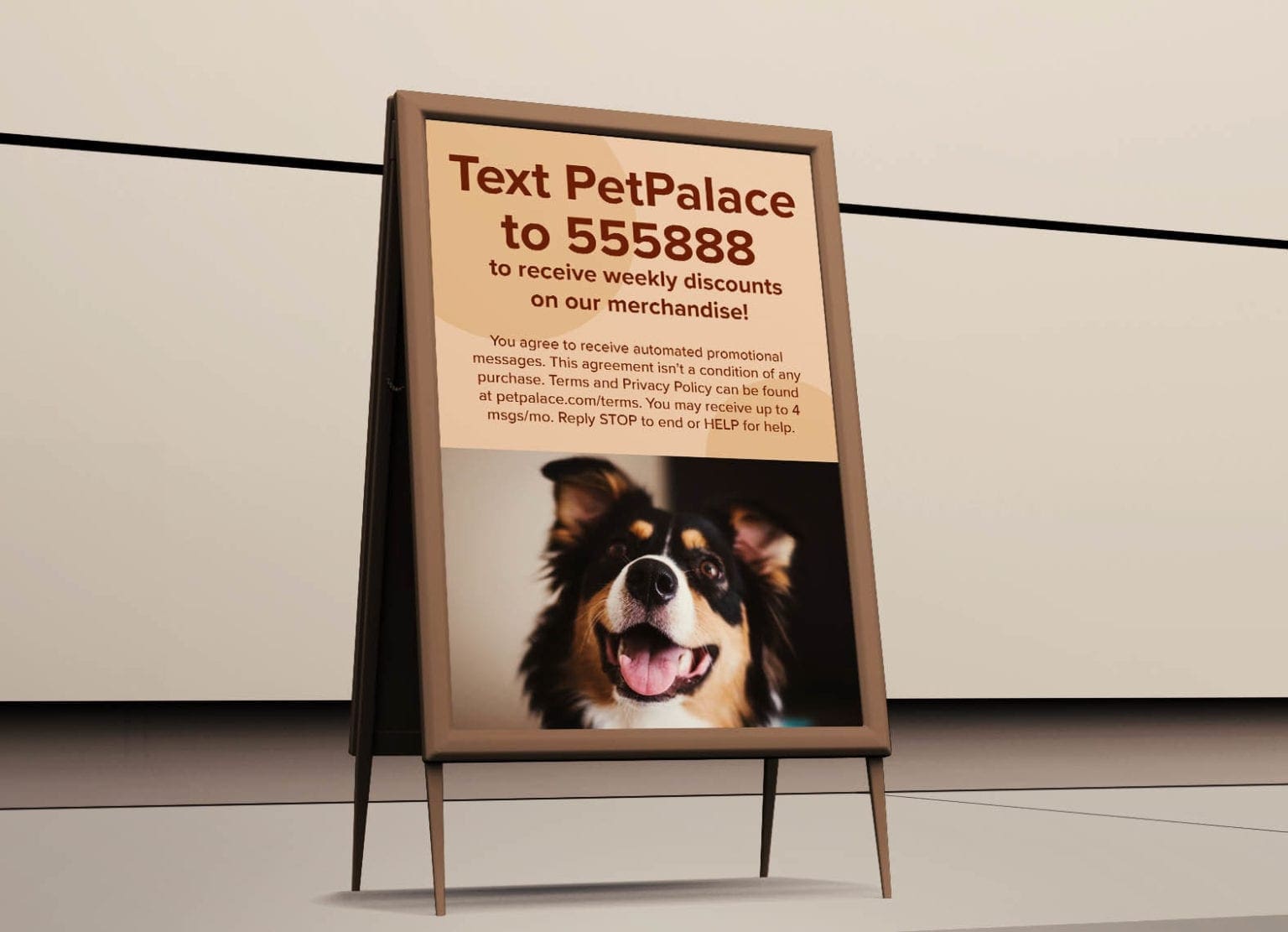
A keyword is a short term or phrase that people will type in to your number to sign up for messages. For instance, a shoe store can encourage customers to “Text RUN to 900900.” to receive their promotion codes. You can put your codes in many places such as:
- Radio commercials
- Television ads
- Social media posts
- In-store signage
Mobile Sign-Up Widget
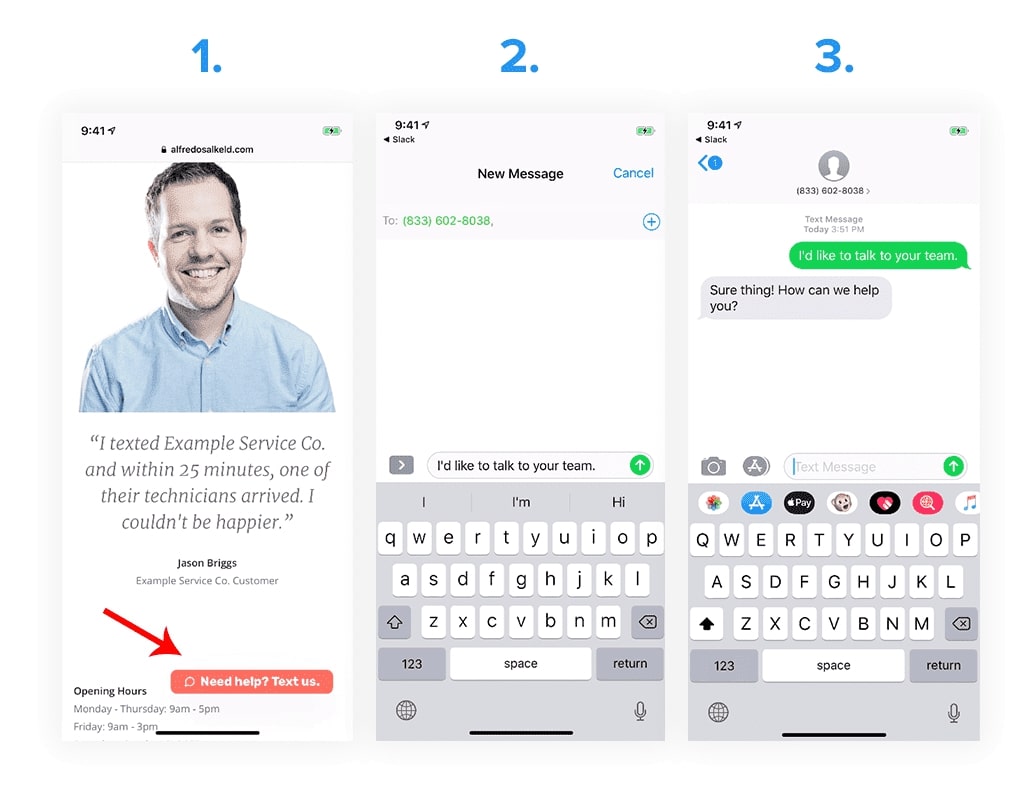
When someone clicks on your model-signup widget, the text message app on their mobile devices will open with your keyword pre-filled, and when they hit send, they will sign up for whatever you’re promoting with their phone numbers.
Click-to-Text Buttons
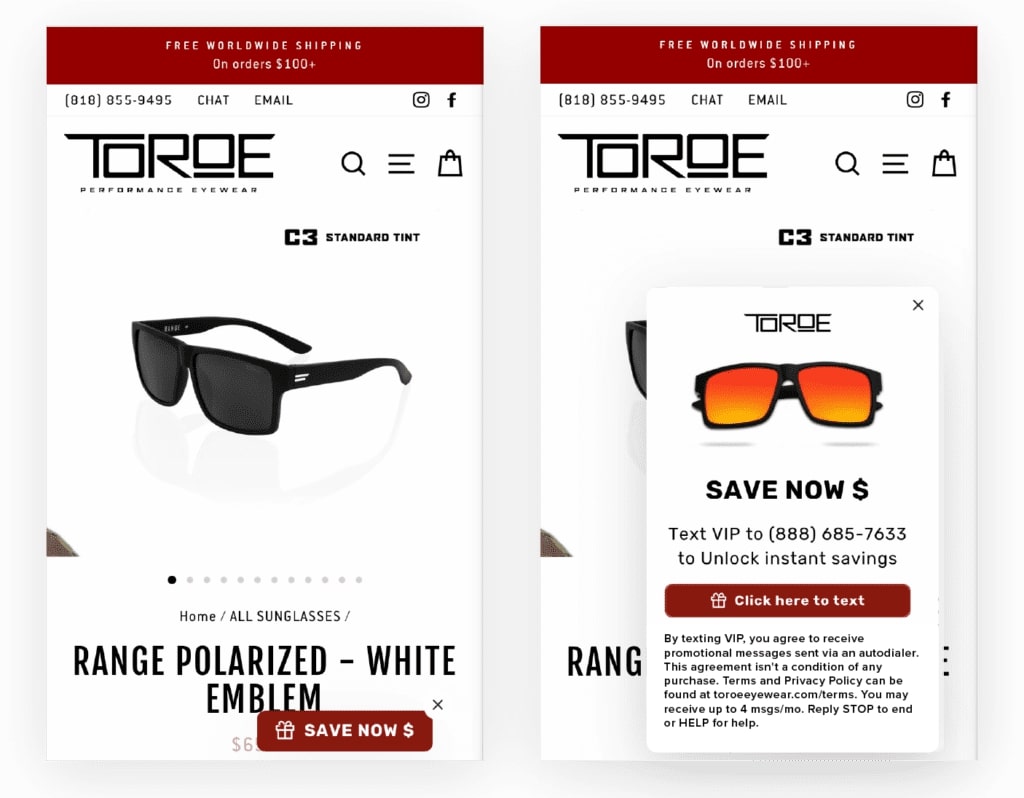
If your goal is to start one-on-one conversations with customers, the click-to-text button is for you. When someone is visiting your web on their computer, all they need to do is click on the button to start a text conversation with you.
Web Forms
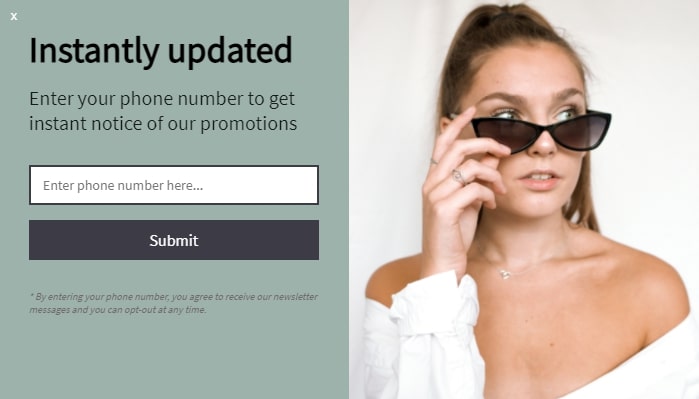
You may already have a form on your website to collect emails. Add an optional phone number field for your customers to provide your phone numbers. Also make sure that you add a checkbox that people can use to give your permission to text them.
You can use AVADA EMAIL & SMS MARKETING to set up a form on your website to collect both email and phone numbers, as well as to run SMS newsletters campaigns.
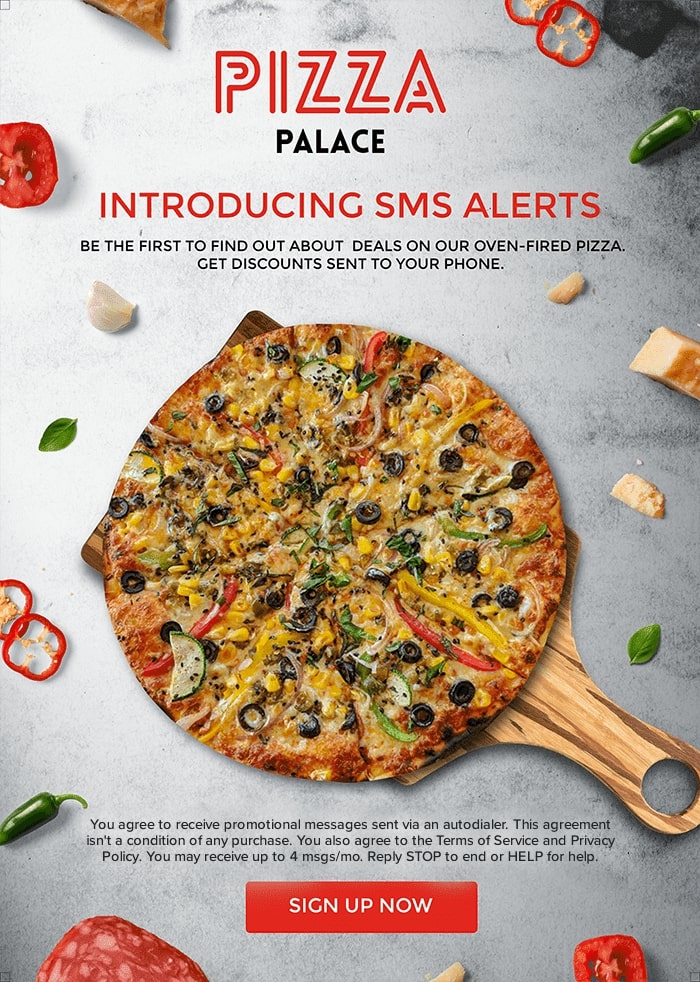
Using email to get people to sign up for SMS newsletters may sound a little bit odd. But here’s the thing: your loyal customers probably won’t want your emails to get lost in their promotions folder in their email box. They want to get them so that they can plan their next purchases. All you need to do is send them an email with a call-to-action that directs them to your web form where they can sign up.
Facebook Ads
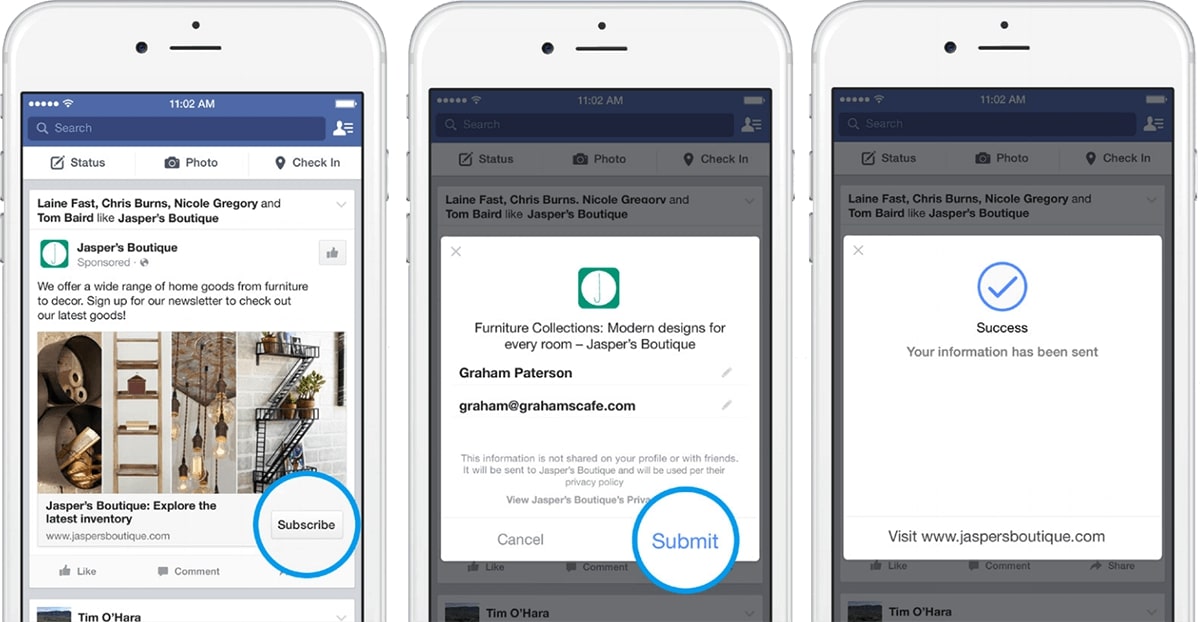
You can use Facebook advertising to reach extremely specific groups of people. One of the underutilized strategies with Facebook ads is using the Facebook Lead Generation objective. This enables people who click on your Facebook ads to provide you with their phone number to receive more information about your product/service.
Text-to-Vote or Text-to-Win Contests
This is another approach that depends on keywords. You can encourage people to send a text to your phone number to win a reward or vote in a contest.
Checkout
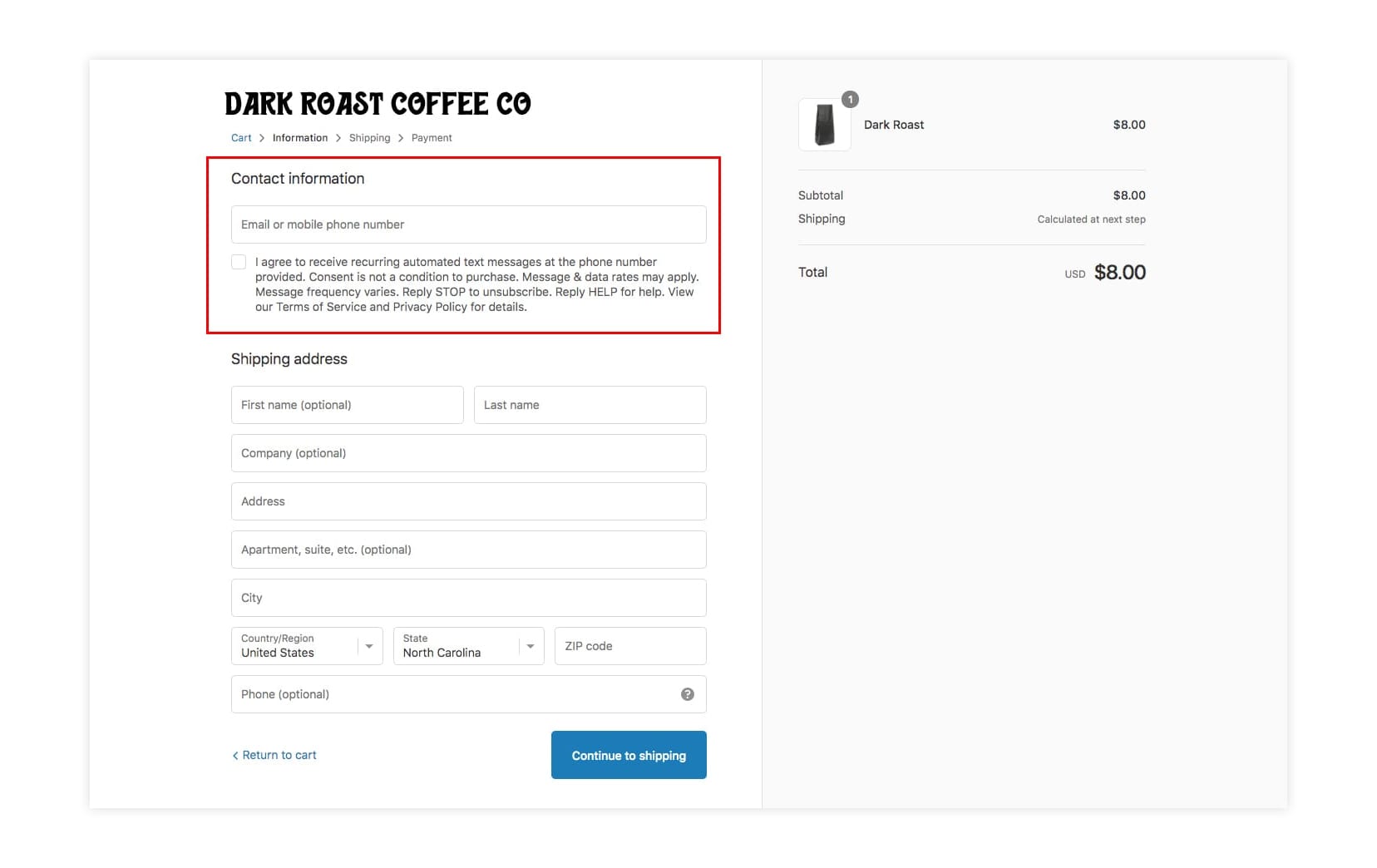
You can ask your customers to sign up for messages when they check out. This can be done either in-person if you have a digital POS retail location or on your online store. You must comply with the TCPA law and have clear disclaimers.
Final words
I hope this article has provided you with valuable information about SMS Newsletters and how you can use them to promote your business. Please feel free to leave comments below for further discussion on this topic.
New Posts






